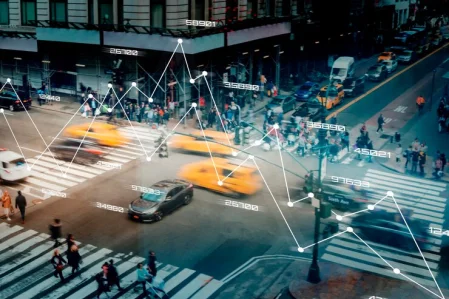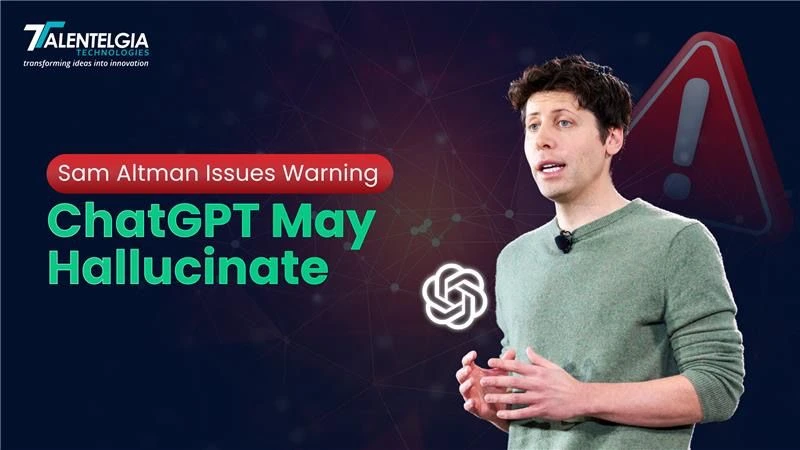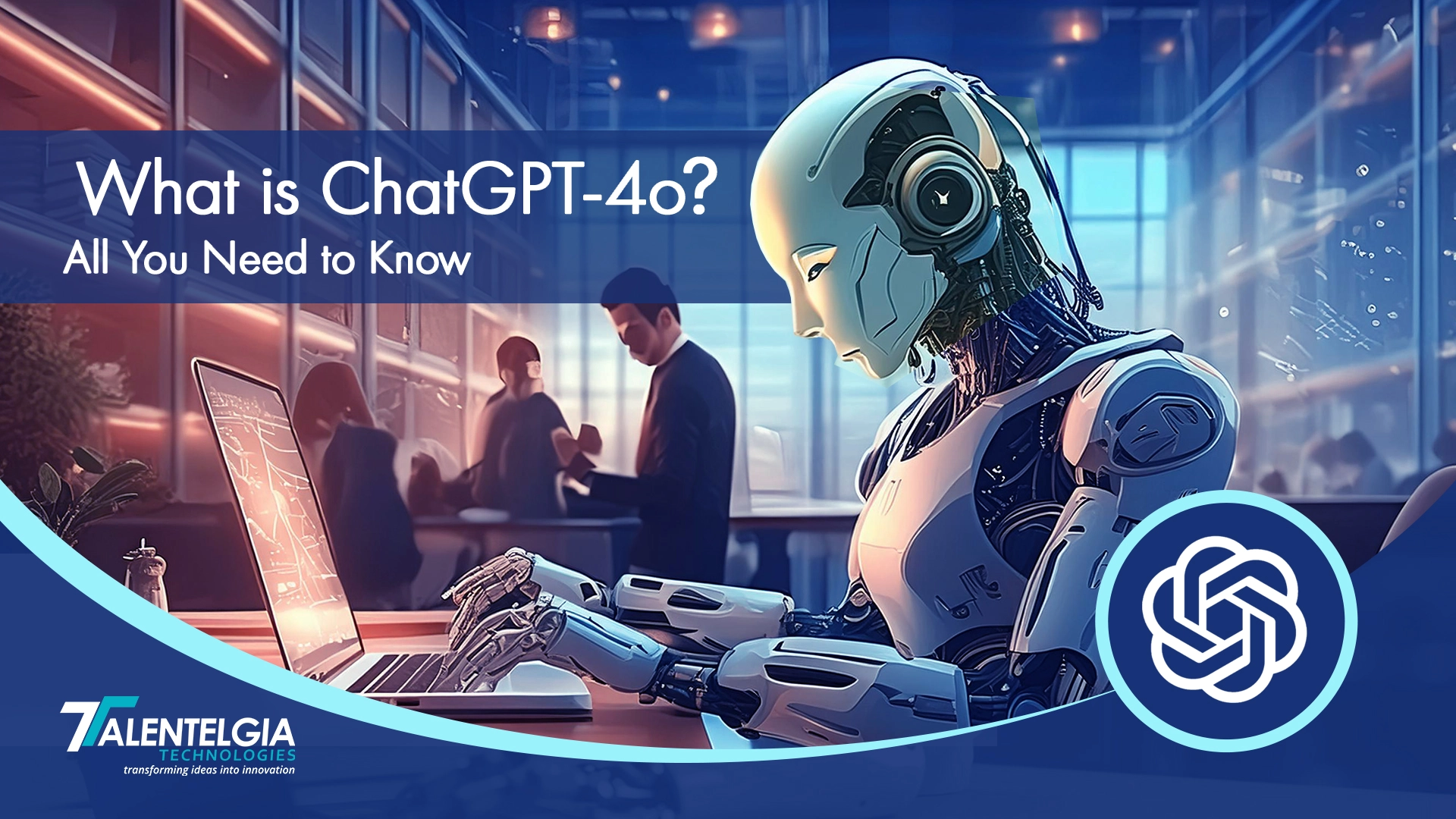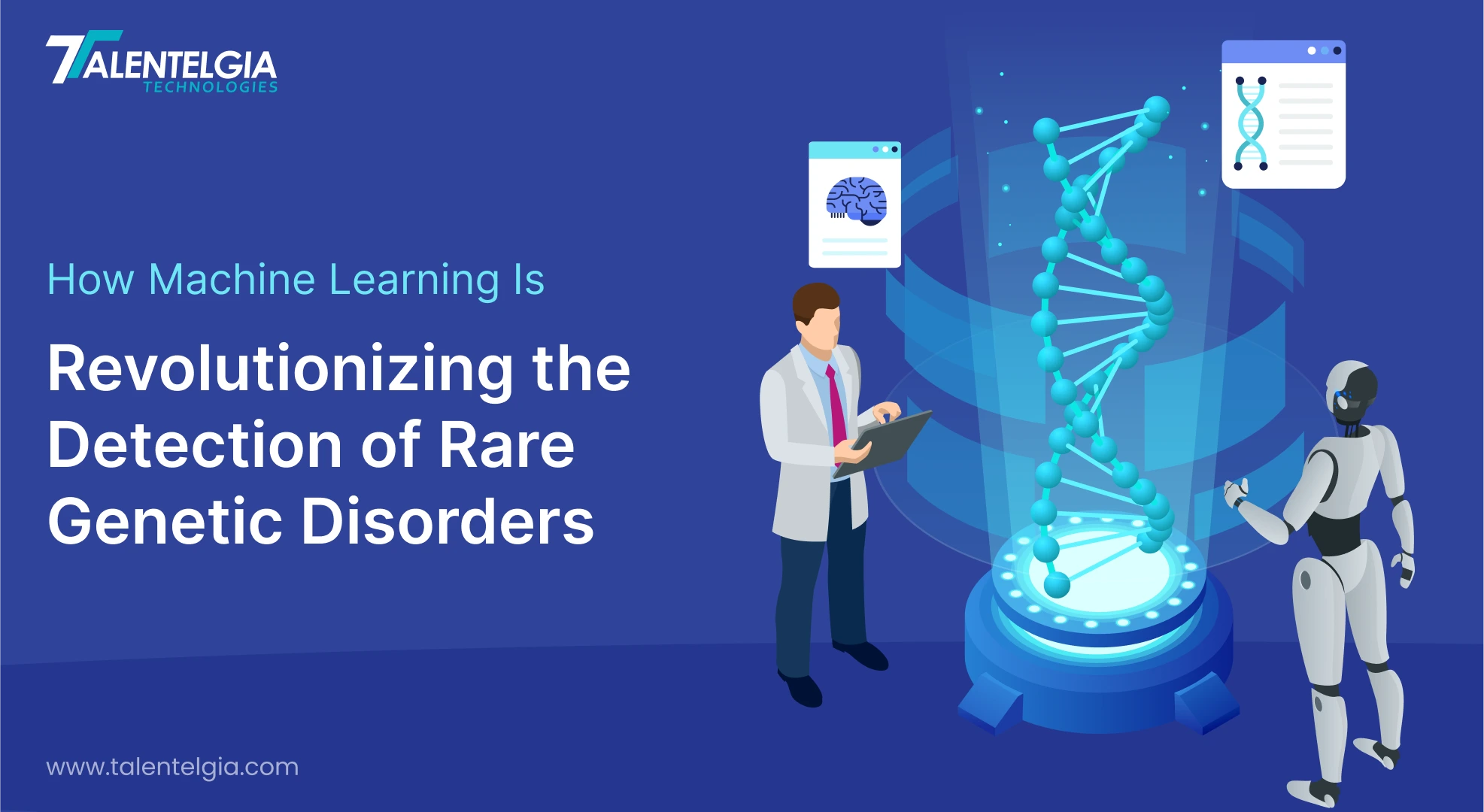Since it went public in late 2022, ChatGPT has already become a day-to-day tool for millions — whether you’re a student, a developer, a marketer, a CEO, or everything in between. But now, OpenAI CEO Sam Altman is sounding a note of caution: “Don’t trust ChatGPT blindly.”
On the inaugural episode of OpenAI’s podcast, Altman discussed a developing fear among the AI community — AI hallucinations. People frequently overestimate the reliability of AI, Altman says, even though it famously tends to “make things up.” Which brings us to a pressing question: What are AI hallucinations, and how do they impact the trustworthiness of large language models (LLMs)?
What Are AI Hallucinations?
AI hallucination is a kind of event where an AI system, especially a large language system like ChatGPT or Google Bard, outputs some inaccurate, incoherent, nonsense, or utterly factitious pieces—but not just this, but also asserts them to be true.
These hallucinations occur when:
- The model will generate text that may sound right but is not anchored in real-world knowledge.
- It uses probabilities to plug the gaps with data, rather than being factually accurate.
- Or it understands ambiguous prompts in ways you didn’t intend.
Consider it this way: The way that humans see faces in clouds, A.I. can sometimes see patterns in data that aren’t present.
Why Do AI Models Hallucinate?
There are a few reasons AI chatbots like ChatGPT hallucinate:
- Bias in Training Data
AI models are only as good as the information they’re trained on. And if that data contains inaccuracies, obsolete facts, or biased narratives, the model can replicate and magnify them.
- Predictive Nature of LLMs
Models such as GPT-4 produce responses by predicting what will follow, but not by resorting to truth as we ordinarily understand that term. That is, they might predict the next “likely” word, even if the predicted word is factually incorrect.
- Pressure to Always Respond
Unlike humans, the “I don’t know” answer isn’t heard from AI very often. It’s programmed to never be at a loss for words — even if it has to make something up.
- Lack of Real-Time Data Access
Unlike being attached to tools, most LLMs don’t browse the web in real-time, so they can cite outdated or inaccurate data.
What Sam Altman Said and Why It Matters?
Sam Altman’s warning wasn’t only about bugs, but about constructing healthy skepticism around AI tools. “People have a very high level of trust in ChatGPT,” he added. “It should be the tech you don’t trust quite as much.”
“It’s not super reliable, we have to be honest about that,” he said.
In a world where AI is being increasingly used for things like legal writing, coding, medical advice, and journalism, we need transparency around its limitations. Altman’s message is a cautionary tale that AI can help, but it can’t think for you.
How to Spot an AI Hallucination?
Here are some red flags to look out for when using ChatGPT (or any AI assistant) responsibly:
- Too-good-to-be-true facts: Check unusual or surprising information.
- No sources or links: AI can propagate “facts” without any traceable source.
- Output contradictions: If the AI contradicts itself in one conversation, that’s a sign.
- Fake names, stats, sources: Double-check references and statistics.
Can We Prevent AI Hallucinations?
Preventing hallucinations is one of the toughest challenges in AI development. However, companies are exploring the following solutions:
- Retraining with high-quality, verified data
- Integrating live web search or retrieval-based systems
- Improving prompt engineering and user controls
- Transparency tools that flag uncertainty in outputs
Still, no major AI company has claimed their chatbot is hallucination-free—not OpenAI, not Google, not Anthropic.
Conclusion
In conclusion, while ChatGPT has revolutionized how we interact with technology, OpenAI CEO Sam Altman’s warning serves as a critical reminder not to place blind trust in AI tools. The phenomenon of AI hallucinations highlights that even the most advanced language models can confidently present information that’s factually incorrect or entirely fabricated. As AI becomes more deeply integrated into our daily lives, users must approach it with informed skepticism, fact-checking outputs, recognizing its limitations, and using it as a helpful assistant rather than a definitive authority. The path forward isn’t just about improving AI systems but also about cultivating responsible, well-informed usage.
Frequently Asked Questions (FAQs)
Why did Sam Altman warn about ChatGPT?
He highlighted that people tend to blindly trust ChatGPT, even though it can sometimes hallucinate or generate inaccurate information.
Can AI hallucinations be fixed completely?
Not yet. Companies are working on reducing hallucinations, but there’s no foolproof method to eliminate them.
How can I verify AI-generated content?
Always cross-check information with reputable sources, especially for health, legal, or financial advice.


 Healthcare App Development Services
Healthcare App Development Services
 Real Estate Web Development Services
Real Estate Web Development Services
 E-Commerce App Development Services
E-Commerce App Development Services E-Commerce Web Development Services
E-Commerce Web Development Services Blockchain E-commerce Development Company
Blockchain E-commerce Development Company
 Fintech App Development Services
Fintech App Development Services Fintech Web Development
Fintech Web Development Blockchain Fintech Development Company
Blockchain Fintech Development Company
 E-Learning App Development Services
E-Learning App Development Services
 Restaurant App Development Company
Restaurant App Development Company
 Mobile Game Development Company
Mobile Game Development Company
 Travel App Development Company
Travel App Development Company
 Automotive Web Design
Automotive Web Design
 AI Traffic Management System
AI Traffic Management System
 AI Inventory Management Software
AI Inventory Management Software
 AI Software Development
AI Software Development  AI Development Company
AI Development Company  AI App Development Services
AI App Development Services  ChatGPT integration services
ChatGPT integration services  AI Integration Services
AI Integration Services  Generative AI Development Services
Generative AI Development Services  Natural Language Processing Company
Natural Language Processing Company Machine Learning Development
Machine Learning Development  Machine learning consulting services
Machine learning consulting services  Blockchain Development
Blockchain Development  Blockchain Software Development
Blockchain Software Development  Smart Contract Development Company
Smart Contract Development Company  NFT Marketplace Development Services
NFT Marketplace Development Services  Asset Tokenization Company
Asset Tokenization Company DeFi Wallet Development Company
DeFi Wallet Development Company Mobile App Development
Mobile App Development  IOS App Development
IOS App Development  Android App Development
Android App Development  Cross-Platform App Development
Cross-Platform App Development  Augmented Reality (AR) App Development
Augmented Reality (AR) App Development  Virtual Reality (VR) App Development
Virtual Reality (VR) App Development  Web App Development
Web App Development  SaaS App Development
SaaS App Development Flutter
Flutter  React Native
React Native  Swift (IOS)
Swift (IOS)  Kotlin (Android)
Kotlin (Android)  Mean Stack Development
Mean Stack Development  AngularJS Development
AngularJS Development  MongoDB Development
MongoDB Development  Nodejs Development
Nodejs Development  Database Development
Database Development Ruby on Rails Development
Ruby on Rails Development Expressjs Development
Expressjs Development  Full Stack Development
Full Stack Development  Web Development Services
Web Development Services  Laravel Development
Laravel Development  LAMP Development
LAMP Development  Custom PHP Development
Custom PHP Development  .Net Development
.Net Development  User Experience Design Services
User Experience Design Services  User Interface Design Services
User Interface Design Services  Automated Testing
Automated Testing  Manual Testing
Manual Testing  Digital Marketing Services
Digital Marketing Services 
 Ride-Sharing And Taxi Services
Ride-Sharing And Taxi Services Food Delivery Services
Food Delivery Services Grocery Delivery Services
Grocery Delivery Services Transportation And Logistics
Transportation And Logistics Car Wash App
Car Wash App Home Services App
Home Services App ERP Development Services
ERP Development Services CMS Development Services
CMS Development Services LMS Development
LMS Development CRM Development
CRM Development DevOps Development Services
DevOps Development Services AI Business Solutions
AI Business Solutions AI Cloud Solutions
AI Cloud Solutions AI Chatbot Development
AI Chatbot Development API Development
API Development Blockchain Product Development
Blockchain Product Development Cryptocurrency Wallet Development
Cryptocurrency Wallet Development About Talentelgia
About Talentelgia  Our Team
Our Team  Our Culture
Our Culture 
 Healthcare App Development Services
Healthcare App Development Services Real Estate Web Development Services
Real Estate Web Development Services E-Commerce App Development Services
E-Commerce App Development Services E-Commerce Web Development Services
E-Commerce Web Development Services Blockchain E-commerce
Development Company
Blockchain E-commerce
Development Company Fintech App Development Services
Fintech App Development Services Finance Web Development
Finance Web Development Blockchain Fintech
Development Company
Blockchain Fintech
Development Company E-Learning App Development Services
E-Learning App Development Services Restaurant App Development Company
Restaurant App Development Company Mobile Game Development Company
Mobile Game Development Company Travel App Development Company
Travel App Development Company Automotive Web Design
Automotive Web Design AI Traffic Management System
AI Traffic Management System AI Inventory Management Software
AI Inventory Management Software AI Software Development
AI Software Development AI Development Company
AI Development Company ChatGPT integration services
ChatGPT integration services AI Integration Services
AI Integration Services Machine Learning Development
Machine Learning Development Machine learning consulting services
Machine learning consulting services Blockchain Development
Blockchain Development Blockchain Software Development
Blockchain Software Development Smart contract development company
Smart contract development company NFT marketplace development services
NFT marketplace development services IOS App Development
IOS App Development Android App Development
Android App Development Cross-Platform App Development
Cross-Platform App Development Augmented Reality (AR) App
Development
Augmented Reality (AR) App
Development Virtual Reality (VR) App Development
Virtual Reality (VR) App Development Web App Development
Web App Development Flutter
Flutter React
Native
React
Native Swift
(IOS)
Swift
(IOS) Kotlin (Android)
Kotlin (Android) MEAN Stack Development
MEAN Stack Development AngularJS Development
AngularJS Development MongoDB Development
MongoDB Development Nodejs Development
Nodejs Development Database development services
Database development services Ruby on Rails Development services
Ruby on Rails Development services Expressjs Development
Expressjs Development Full Stack Development
Full Stack Development Web Development Services
Web Development Services Laravel Development
Laravel Development LAMP
Development
LAMP
Development Custom PHP Development
Custom PHP Development User Experience Design Services
User Experience Design Services User Interface Design Services
User Interface Design Services Automated Testing
Automated Testing Manual
Testing
Manual
Testing About Talentelgia
About Talentelgia Our Team
Our Team Our Culture
Our Culture

















 Write us on:
Write us on:  Business queries:
Business queries:  HR:
HR: 




